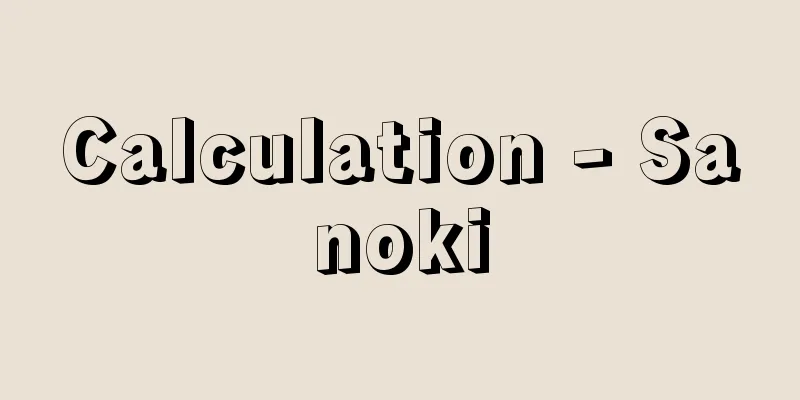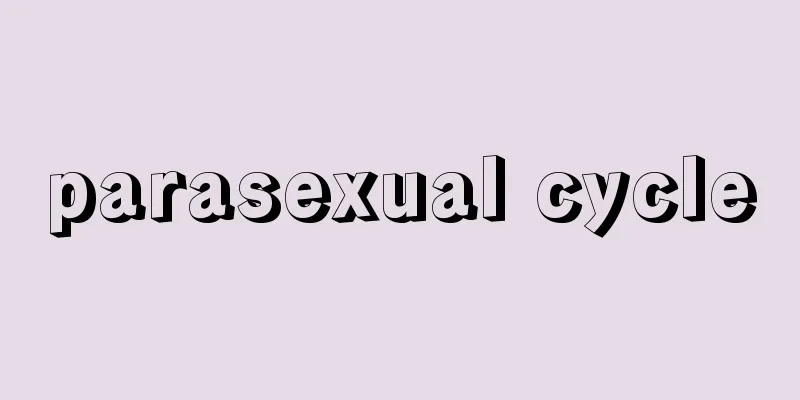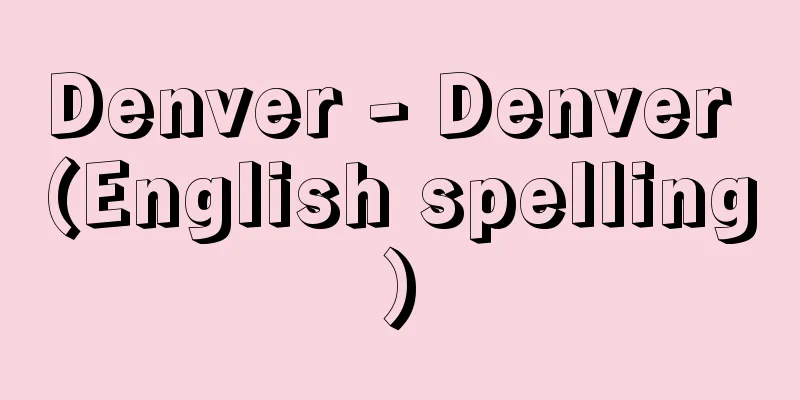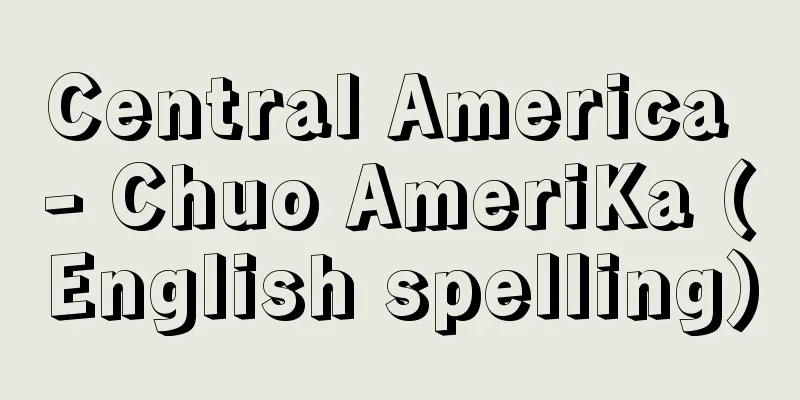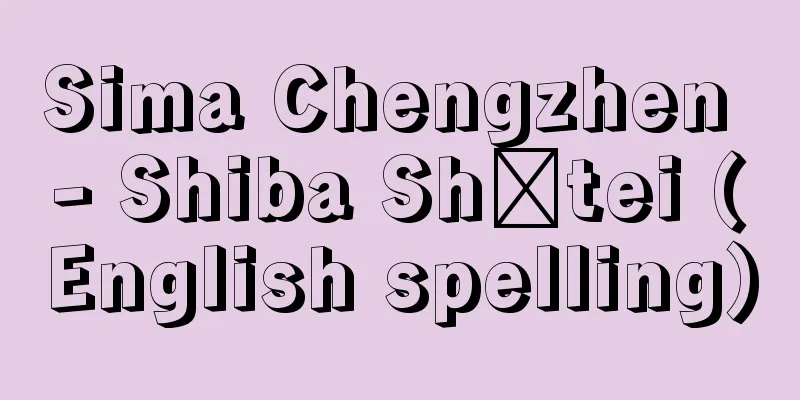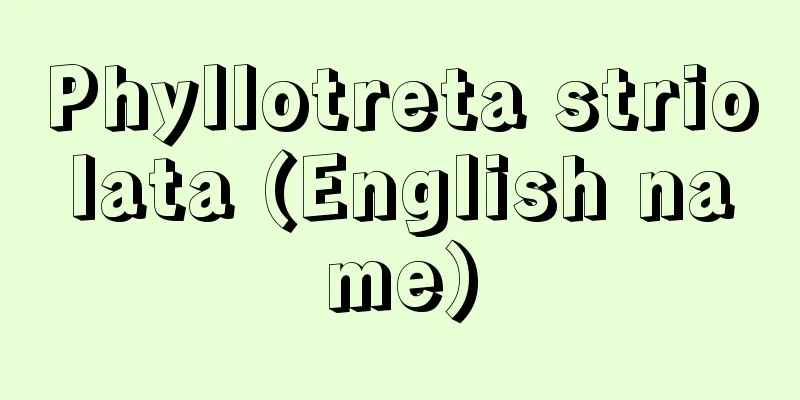Editorial rights - henshuken (English)
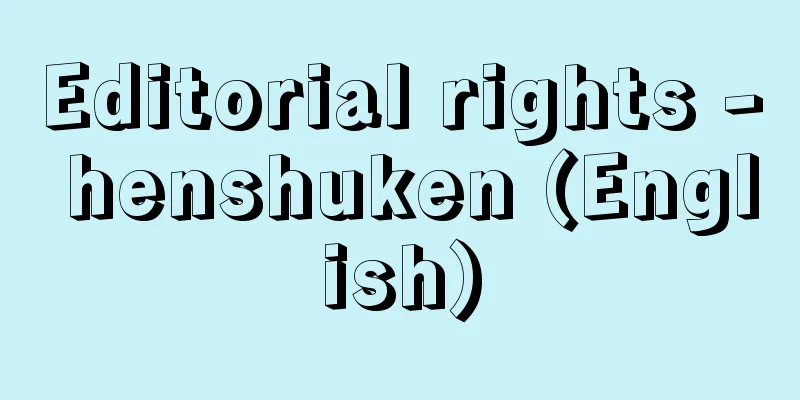
|
It is the authority to determine the editorial policy of a newspaper, to implement it, and to exercise all necessary management for newspaper editing, such as maintaining the truth of reporting, the fairness of criticism, and the appropriateness of the method of publication. It is also used in the same sense for magazines, books, broadcasting (called programming rights), movies, etc. Editorial rights belong to the management and the editorial managers entrusted with them, and it is said that the management and editorial managers have the obligation to protect this authority from infringement from both external and internal sources. Originally, the act of publishing an edited work is one way of appealing to society what one wants to express, and it is natural that editors and publishers have complete freedom and responsibility in deciding the content, in the context of freedom of speech and expression. However, as the scale of companies grew, journalists who are exclusively involved in reporting, writing, and editing were born, and editing work came to be entrusted to these people on a daily basis, journalists began to claim the right to decide the editorial content. In Japan, the term editorial rights was first used and defined in the "Editorial Rights Statement" issued by the Japan Newspaper Publishers & Editors Association on March 16, 1948 (Showa 23). At the time, Japan was under occupation, and fierce democratization struggles were occurring one after another at newspapers and publishers across the country. It is important to note that the Editorial Rights Statement was issued at a time when GHQ (Supreme Commander for the Allied Powers), which had suddenly changed its occupation policy, began to suppress these democratization movements. After that, as various conditions surrounding newspapers and other mass media around the world changed, there were signs of a reexamination of editorial rights, such as the growing acceptance of internal freedom (the freedom of journalists to seek autonomy in their expressive activities in opposition to the management's control over management). [Masao Takasu] "Editorial Rights of Newspapers" (1985), edited and published by the Japan Newspaper Publishers & Editors Association [References] | |Source: Shogakukan Encyclopedia Nipponica About Encyclopedia Nipponica Information | Legend |
|
新聞の編集方針を定め、それを実行して、報道の真実、評論の公正ならびに公表方法の適正を維持するなど新聞編集に必要ないっさいの管理を行う権能のこと。雑誌、書籍、放送(編成権という)、映画などでも同じ意味で使われる。編集権は経営管理者とその委託を受けた編集管理者に帰属し、経営・編集管理者は、外部はもとより内部の侵害からもこの権能を守る義務があるとされている。本来、編集物を発行する行為は、自ら表現したいことを社会に訴える一つの方法であり、編集・発行者が内容の決定に完全な自由と責任をもつのが言論・表現の自由からいって当然といえよう。しかし企業規模が大きくなり、もっぱら取材、執筆、編集に携わるジャーナリストが生まれ、編集業務がそれらの人々に日常的にゆだねられるようになると、ジャーナリストの間から編集内容の決定に対する権利が主張されるようになった。 わが国では編集権ということばは1948年(昭和23)3月16日、社団法人日本新聞協会が発表した「編集権声明」で初めて使われ、定義づけられたとされる。当時、日本は占領下にあり、各地の新聞社、出版社で激しい民主化争議が続発していた。こうした民主化運動に対し、占領政策を急変したGHQ(連合国最高司令部)が抑圧に乗り出した時期に編集権声明が発表された点は見逃すことはできない。その後、世界的に新聞をはじめマス・メディアをめぐる諸条件が変化するなかで、内部的自由(経営者の経営管理権に対抗して、ジャーナリストの表現活動の自主性を図ろうとする自由)の容認が進むなど、編集権にも再検討の兆しがみえる。 [高須正郎] 『日本新聞協会編・刊『新聞の編集権』(1985)』 [参照項目] | |出典 小学館 日本大百科全書(ニッポニカ)日本大百科全書(ニッポニカ)について 情報 | 凡例 |
Recommend
Clan - Hitozo
〘Noun〙 ("Zou" is a variation of "zo...
Small movie - Kogata Eiga
In general, the term refers to films that use narr...
Garget
…The whole plant resembles pokeweed, but the flow...
The Forbidden City
In September 1443 (Kakitsu 3), Hino Arimitsu, a su...
Lipotrophin
Lipotrophin is a fatty acid hormone secreted by t...
Pigeon guillemot - Pigeon guillemot
A medium-sized bird of the Charadriiformes family ...
World Council of Churches (WCC)
The world church movement (→ ecumenism) is a major...
Witch hazel - American witch hazel
... Seven species of Hamamelis grow in East Asia ...
Police Wisdom Council
...By extension, it refers to a state in which th...
Inertial Confinement System
… [Methods of controlled nuclear fusion] In order...
Bladder
A smooth muscle sac-like organ that stores urine ...
Urgan - Urgan
...In 1583, Toyotomi Hideyoshi granted him land t...
Zeolite (English spelling)
It is also called zeolite. It is a hydrous alumin...
Togane [city] - Tougane
A city in central Chiba Prefecture. It was incorpo...
Tektite - tektite (English spelling)
A dark brown glassy substance in the shape of a s...
